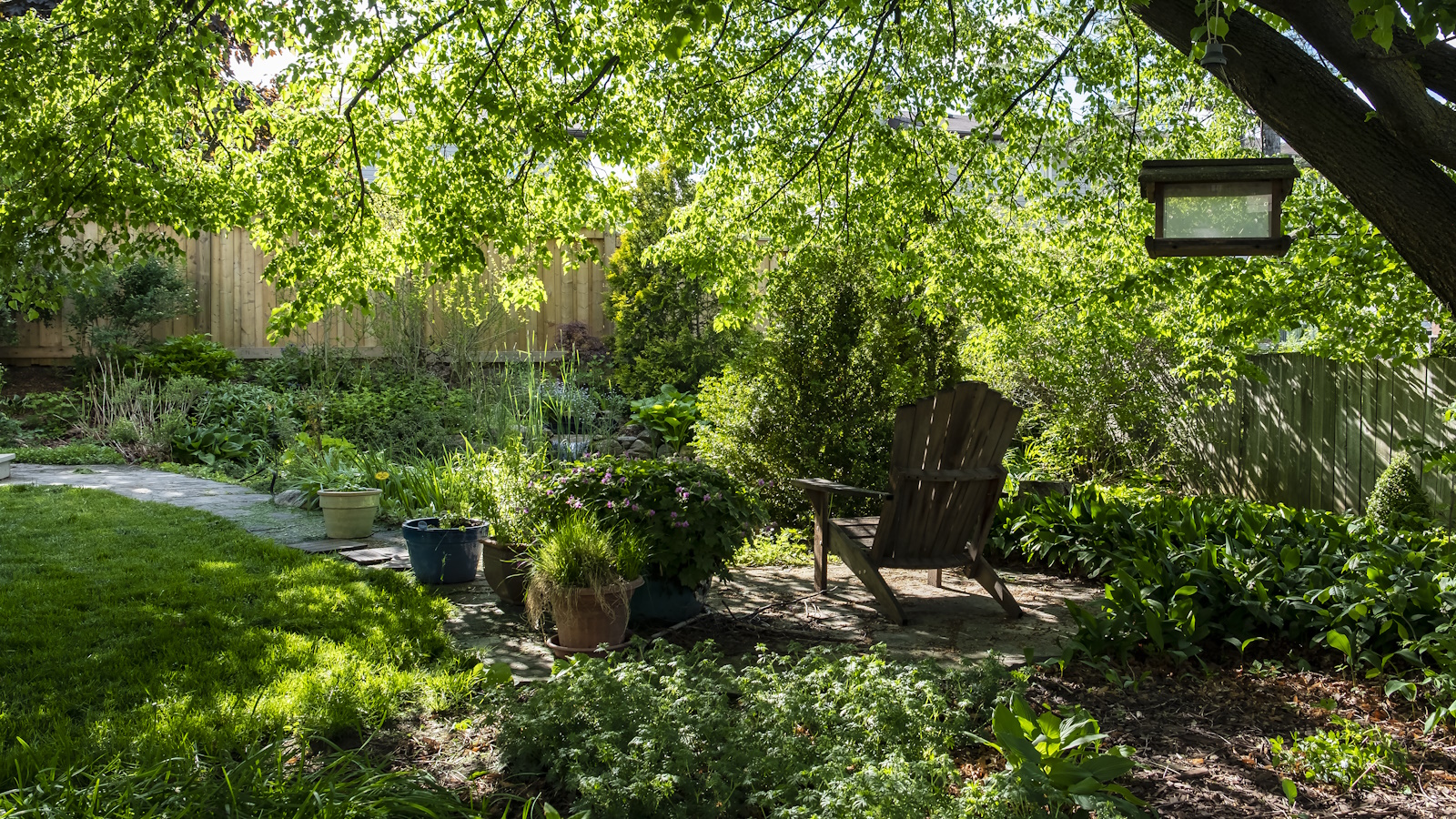
Dry shade is a problem area many gardeners struggle with. While there are plenty of sun loving blooms that will reward with bursts of color, fragrance and dramatic foliage, shade dwelling plants are often quieter; the unsung heroes that have to be sought out. Add in having to cope with drought conditions too, and you can be left scratching your head for reliable drought tolerant planting ideas.
The good news is that there are plenty of seductive, leafy options for gardeners to try. Bringing seasonal color, structure and texture to dingy, dry areas beneath trees, shrubs and in the shadow of garden buildings, they will not only improve your outlook but increase the biodiversity of your yard.
Here our experts share their favorite drought tolerant and shade loving plants and how best to grow them.
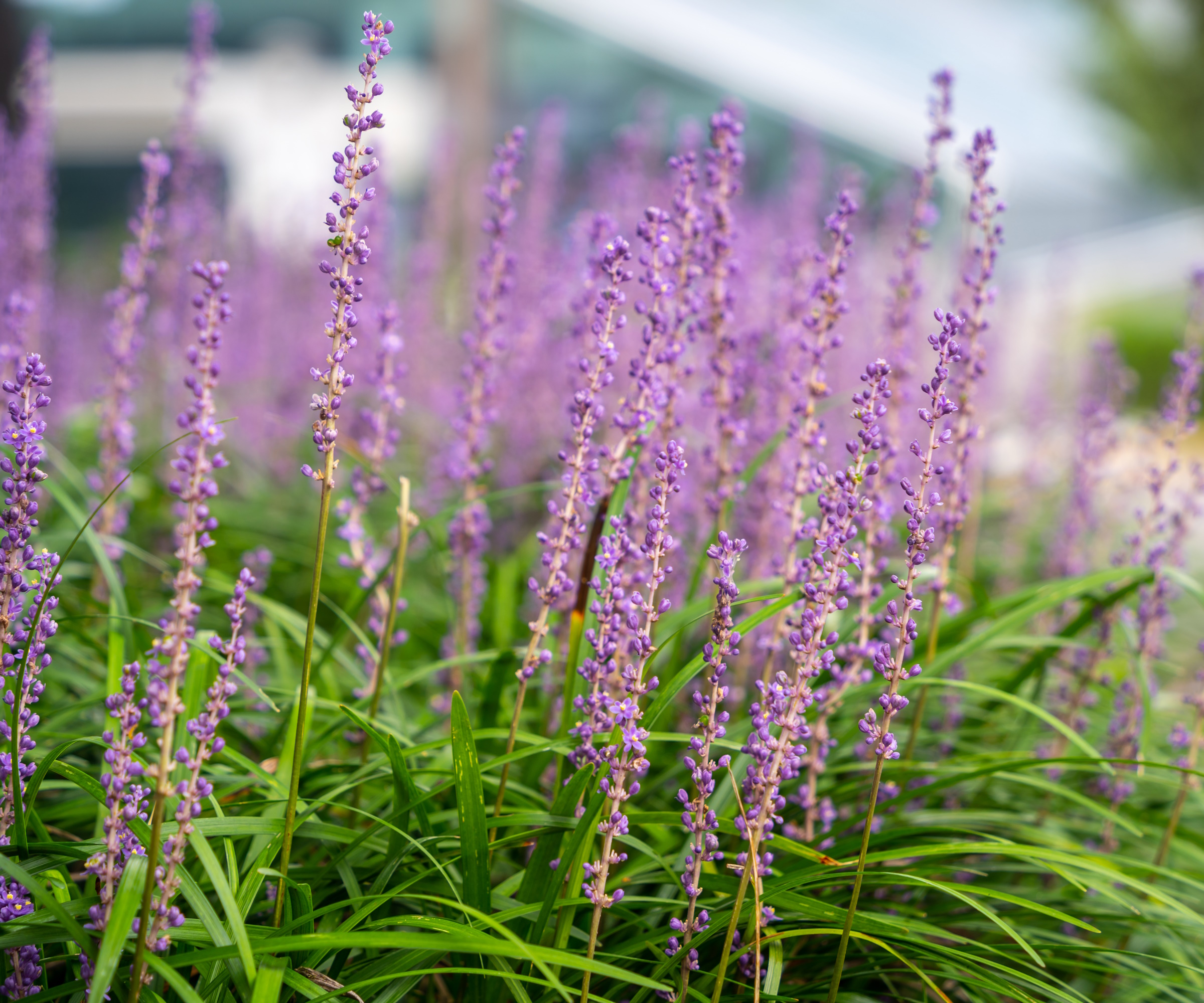
8 of the best drought tolerant plants for a shady yard
There are many shade-loving perennials that will happily cope with occasional drought conditions. While young plants will need watering regularly at first, once established they can go without water for a short period without any long term damage.
The evergreen climber Arabian jasmine or Jasminum sambac; the lily grass bulb Ornithogalum umbellatum; and the fascinating umbrella plant Cyperus alternifolius l are all fantastic options. Here are eight more of our top picks for dry, shady gardens.
1. Epimedium
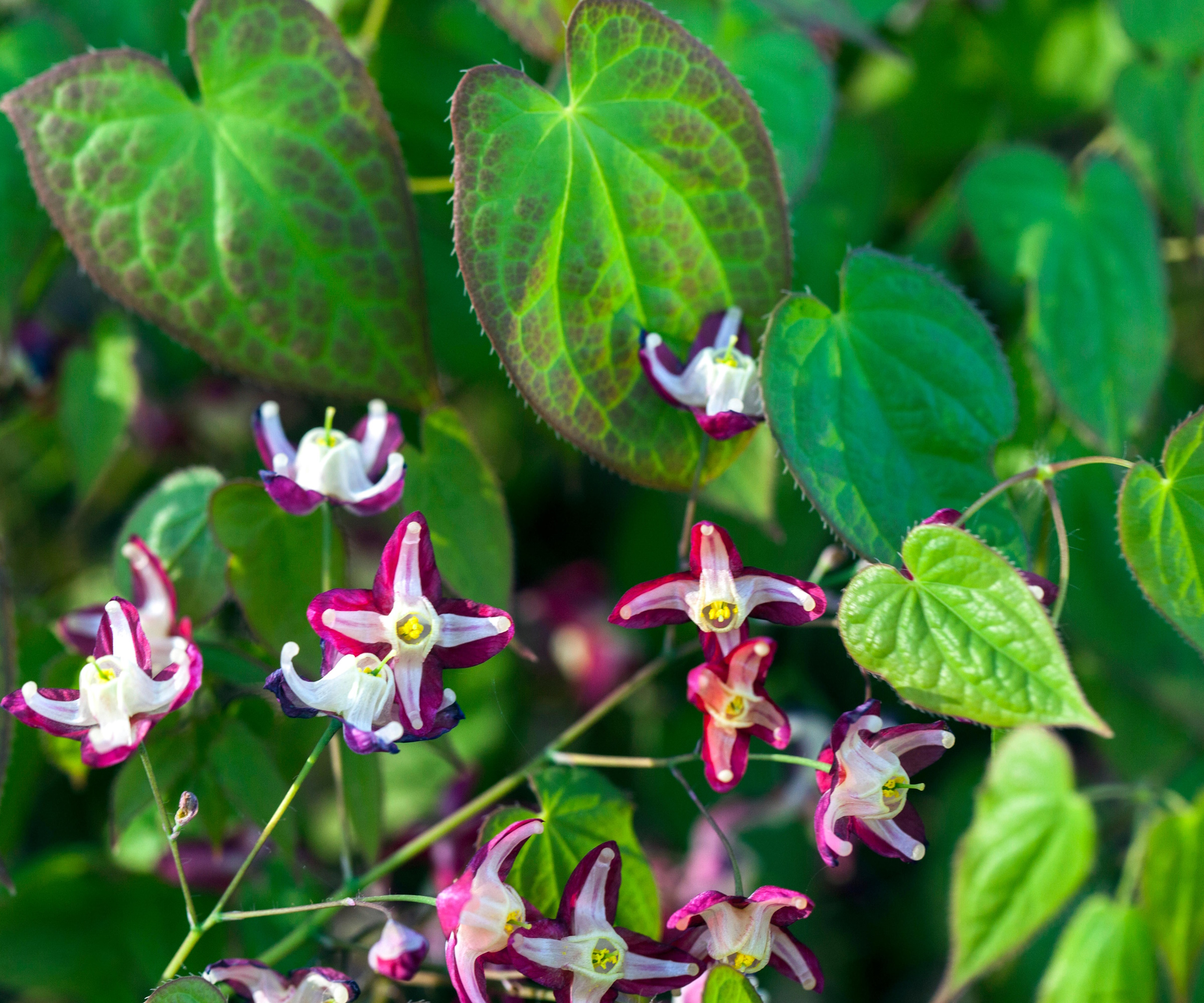
Widely known as barrenwort, this ground cover plant is hugely underrated. With its mass of heart-shaped leaves – green and often tinged with red or rust tones – and delicate flowers fluttering on top of wiry stems, it’s a captivating plant. Tolerant of deep, dry shade it’s super useful for greening up those problematic and dingy spots beneath trees and shrubs.
Deciduous, semi-evergreen or evergreen, there are more than 30 varieties of Epimedium for practically every spot in the garden, such as the spectacular Barrenwort 'Amber Queen' variety available at Nature Hills.
Growing best in USDA hardiness zones 5-8, this plant will also help to boost your gardens biodiversity providing a valuable, early source of pollen and nectar for pollinators, as well as shelter for invertebrates and amphibians.
2. Fatsia japonica
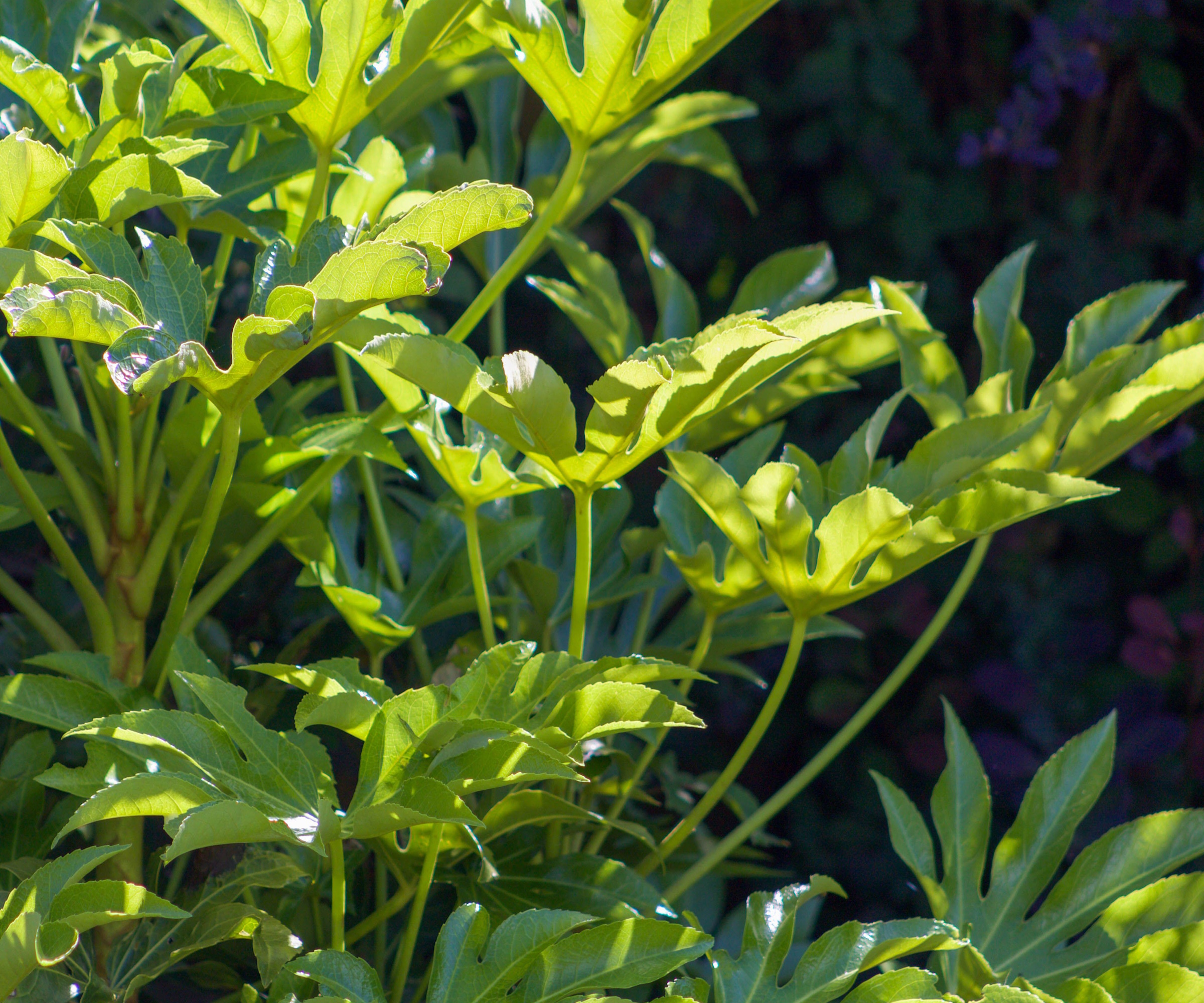
One of the prettiest evergreen plants, Japanese aralia or Fatsia japonica is loved by landscape designers and gardeners alike for it’s glossy, palmate lobed leaves and stately form.
Taking up to 20 years to reach their full height of 13ft, they are the perfect choice for dry, shady areas of the garden, requiring little attention once established. They will best thrive in USDA hardiness zones 8-11.
The large, showy green leaves have a tropical look, accompanied by tiny white blooms and black fruits in fall.
3. Pyracantha
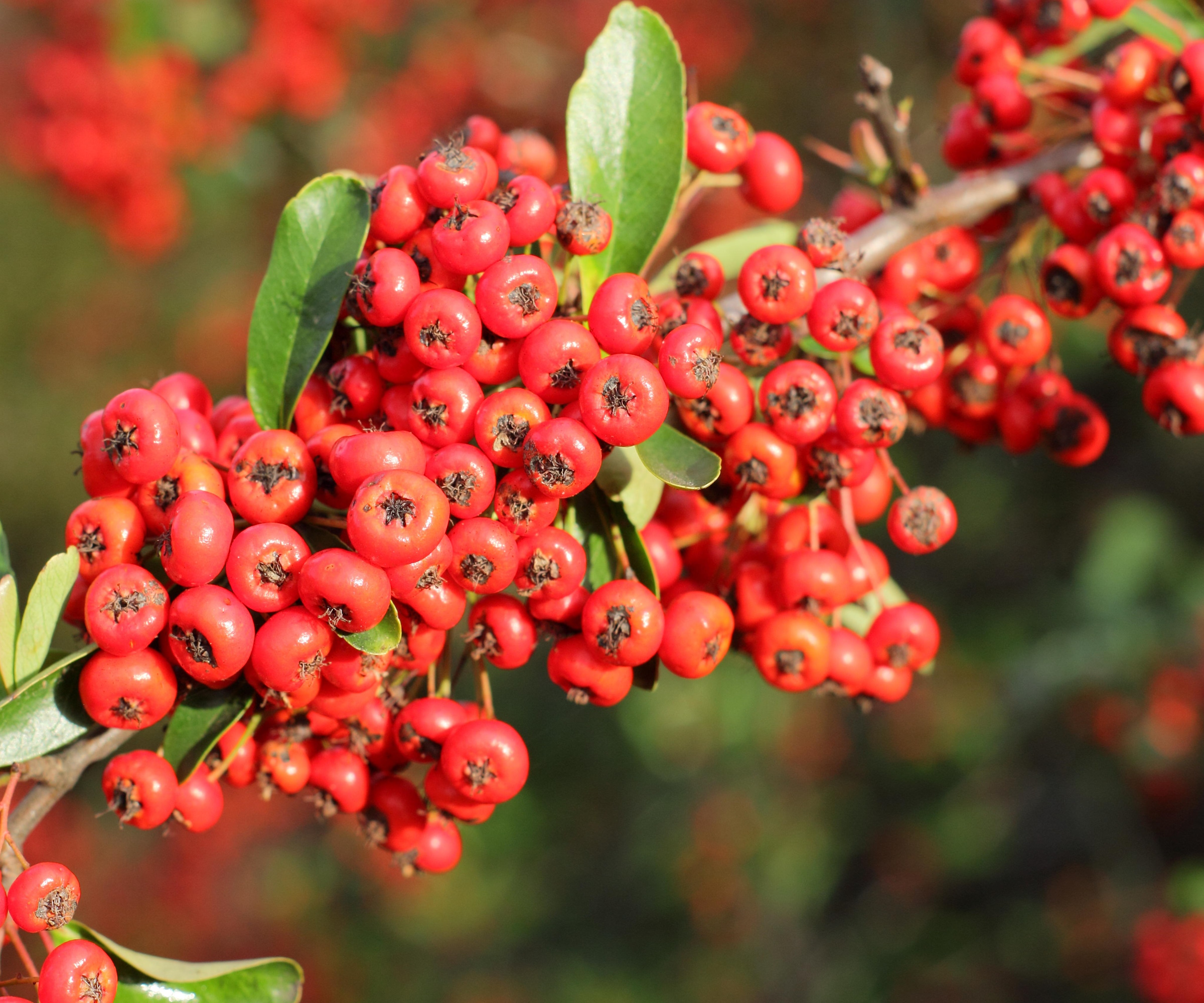
One of the best landscaping shrubs available, this tough and hardy plant is great option for adding colorful hedging. Also known as Firethorn – thanks to its vibrant orange-red berries and spiteful thorns – Pyracantha is loved by birds and wildlife alike.
Fairly salt tolerant and happy in sun or part shade, this plant thrives in USDA Zones 6-9. You can find Firethorn plants at Nature Hills.
With white flowers in summer, set against glossy dark green foliage, this is a striking evergreen shrub that needs little attention all year round. Growing up to 12-12ft (4-4m) in height and width, they can be trained into a dense hedge by spacing young plants 2ft (60cm) apart.
4. Fatshedera
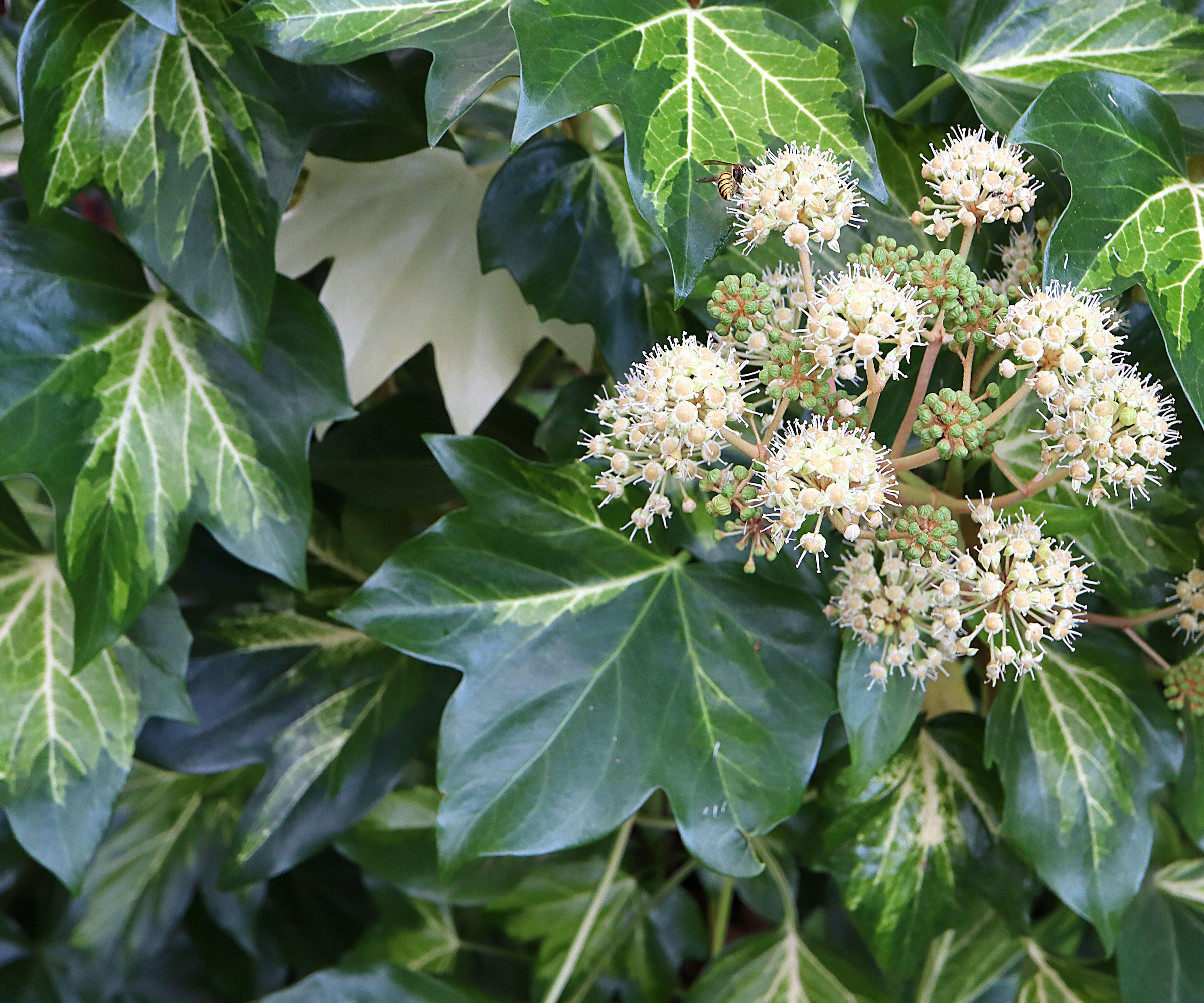
A cross between Fatsia japonica and English Ivy, this versatile plant can be grown as ground cover, a shrub or evergreen climber – when tied onto trellis or wires. Tough and robust, it can brighten up a shady spot with its large, leathery leaves but will not shoot, run or prise away stucco or cladding like English Ivy.
It will need watering regularly as a young plant, but once established is very hardy in drought conditions. With just a few varieties available, all from the original hybrid cross dating back to 1910, foliage varies from deep, lush green to variegated forms in shades of cream, green and gold.
Evergreen down to 5F, fatshedera will die back if temperatures dip below this, but fresh growth will soon appear in spring. Suitable for growing in USDA Zones 7b-9b, it can reach heights up to 5’6’’.
5. Lilyturf

Liriope muscari is a pet friendly ground cover plant with upright evergreen foliage. Also known as monkey grass, these hardy plants tolerate a range of growing conditions from full sun to shade, clay to sandy soils, and wet or dry sites.
‘Plants are rabbit and deer-proof, making these an easy choice for the no-fuss gardener,’ says master gardener Tabar Gifford. ‘Liriope muscari can be planted in large masses as a grassy groundcover in shaded sites or use to edge beds and pathways. The tidy mounds are also perfect for tucking among perennials. Liriope is happily at home in rock gardens, woodland gardens, and containers. An excellent plant for transitioning from sun to shade.’
Producing long-lasting purple or white flower spikes in fall, these are then followed with clusters of purple-black berries. Tabar adds, ‘Liriope is often used as a grass substitute in low-traffic areas of the landscape, and it provides a great solution for soil cover in shady areas where turf won’t grow.'
Easy to grow in USDA hardiness zones 5-10, knowing how and when to feed monkey grass is a great way to keep it in top condition. You can find starter Liriope muscari plants at Walmart.
6. Autumn fern
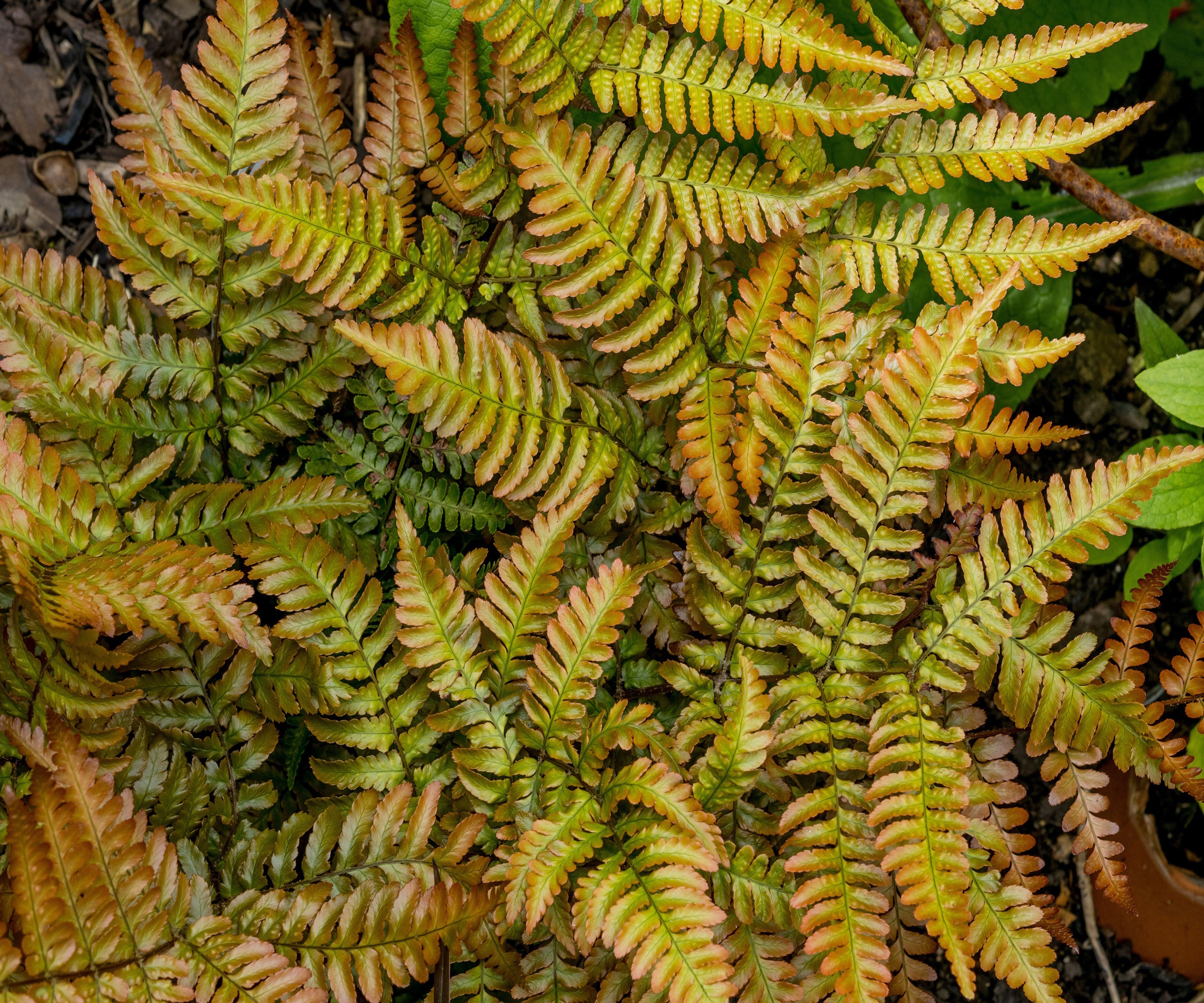
Knowing how to grow ferns is essential for establishing any shade loving drought tolerant border. Dryopteris ferns, often referred to as woodland ferns, are a collection of plants with upright leafy stems – or fronds – arranged in a shuttlecock. Comprising of evergreen and perennial plants, new, shoots usually appear as neat, coils (or croziers) that gradually unfurl to reveal fronds made up of complex and intricately cut pairs of leaflets.
As our selection of best ferns for shade shows, there’s a huge variety of frond shapes and sizes to choose from and many alter color from spring to fall, often with rust red and golden tones. Nature Hills have a wide selection to buy online, such as the Brilliance Autumn Fern. This fern is surprisingly drought tolerant once established, and in hotter climates these ferns will sometimes remain evergreen throughout the year.
'We’ve used Dryopteris erythrosora in past projects to provide a pop of an orange rust color within our shade gardens,’ says Elliot Rose, founder of Wildwood Landscapes. ‘This pairs nicely with other plants in the same color tone such as an orange variety of Heuchera or wandering Chilean iris - Libertia peregrinans - both which work well in dry shade gardens.’
7. Astilbe
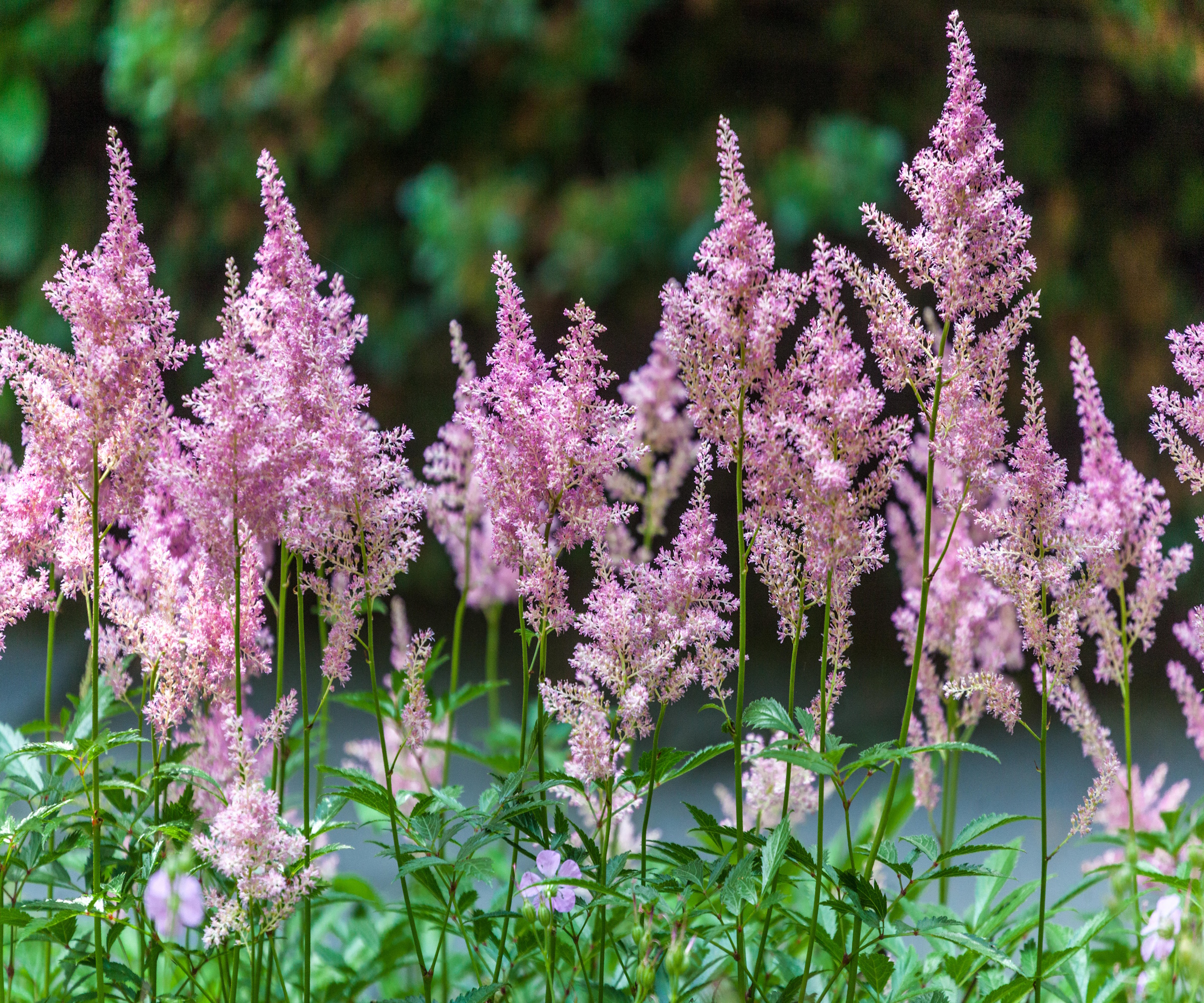
Requiring little effort, these compact perennials provide year-round interest with their fluffy flower spikes, spectacular seed heads and deeply cut foliage. Flowering plants that grow every year they perform best in shade and although they are known to thrive in damp conditions, some varieties can cope with much drier conditions once established.
‘Astilbe chinensis, particularly in the “Visions” series, are shade loving perennials that are easy to grow and are more drought-tolerant than other Astilbe varieties,’ says Tabar Gifford. This variety of astilbe grows best in USDA hardiness zones 4-8.
‘They thrive in shaded areas and produces bright feathery plumes of flowers in a variety of colors. Blooms float atop a mound of fern-like foliage which remains attractive all season, adding texture to shade gardens and borders.’ This plant is also resistant to deer, rabbits, and most pests.
8. Chinese Wild Ginger
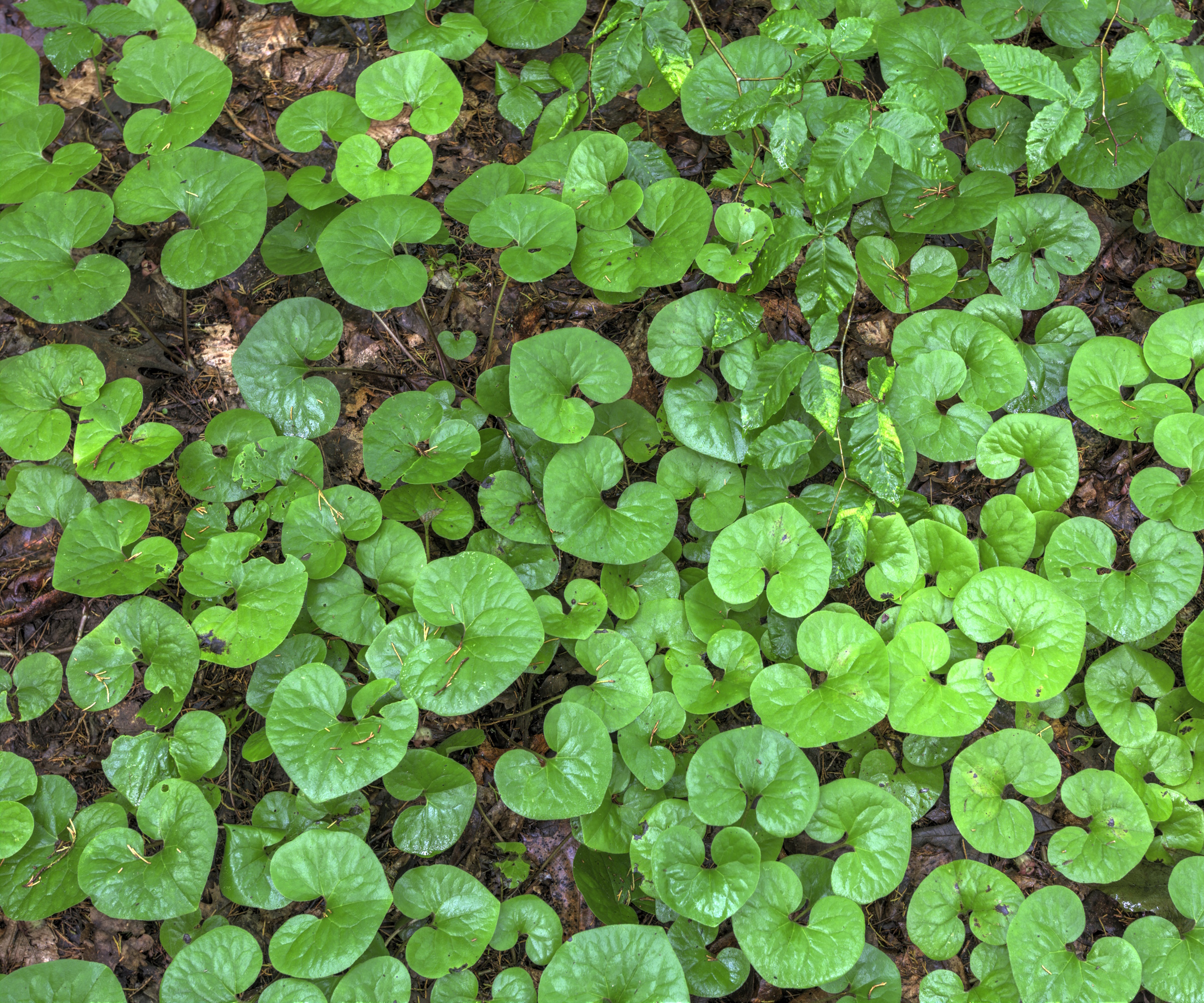
A perennial ground cover plant for shade, Chinese wild ginger or asarum splendens thrives in USDA zones 2-8. Extremely drought tolerant, this attractive plant forms carpets of mottled green, heart shaped leaves, reaching just 6-8in high.
Dense enough to supress weeds and providing shelter for insects and small mammals, the foliage also hides the unusual earth-colored blooms that appear April to June.
Deer and rabbit resistant, this plant spreads via shallow rhizomes. Toxic when eaten, the plant has a slight spicy scent, which also makes it a good slug repellent.
If you're looking for more inspiration and advice on handling shady areas of your yard, take a look at these ground cover plants for shade and the best shrubs for shade.







